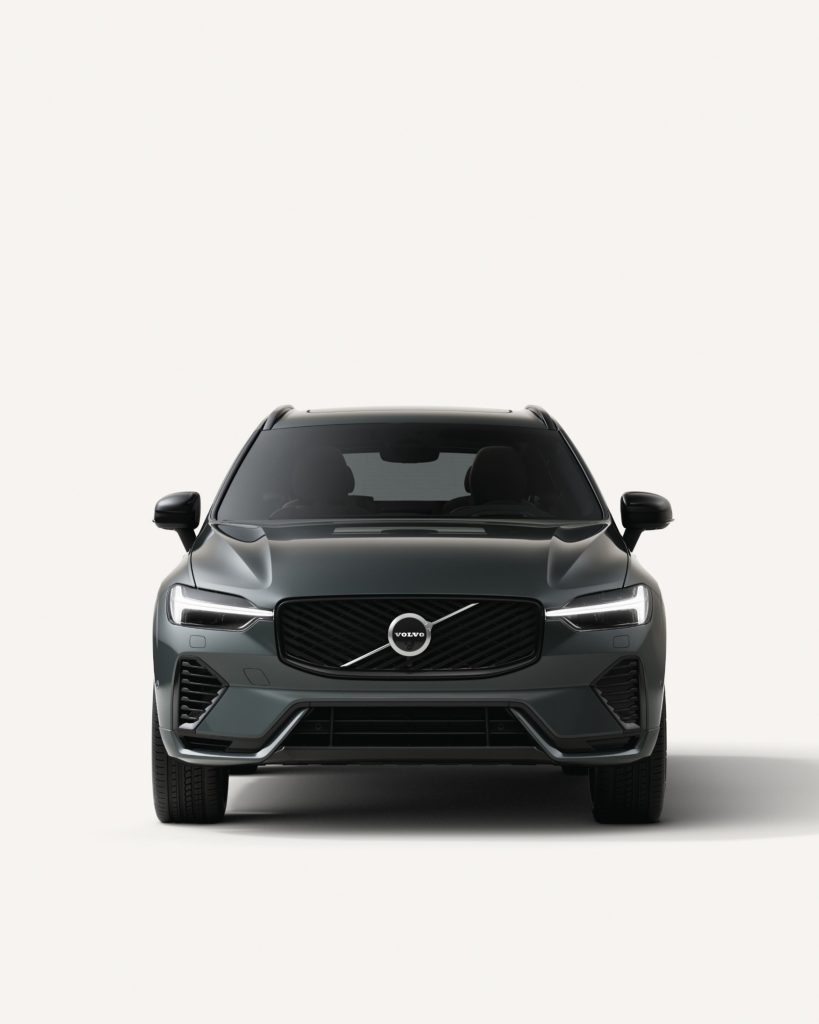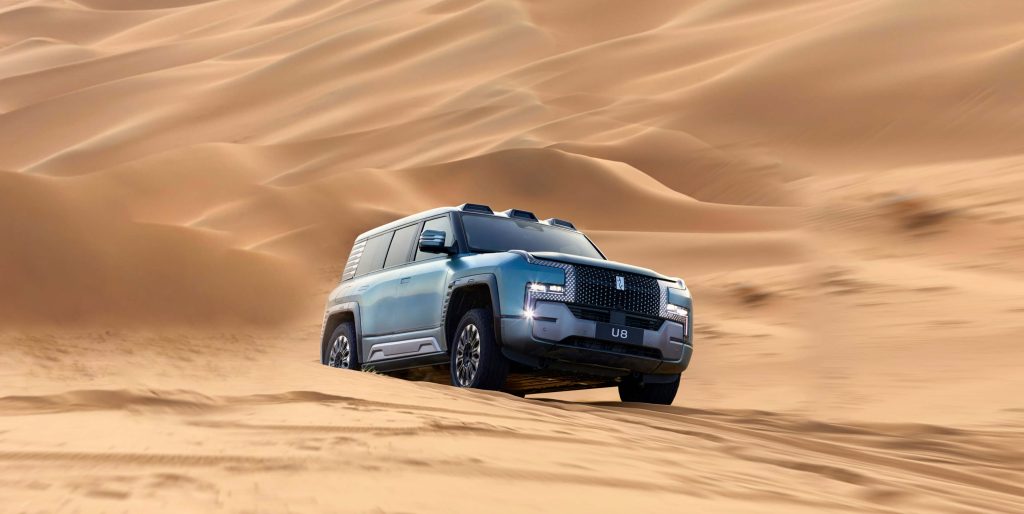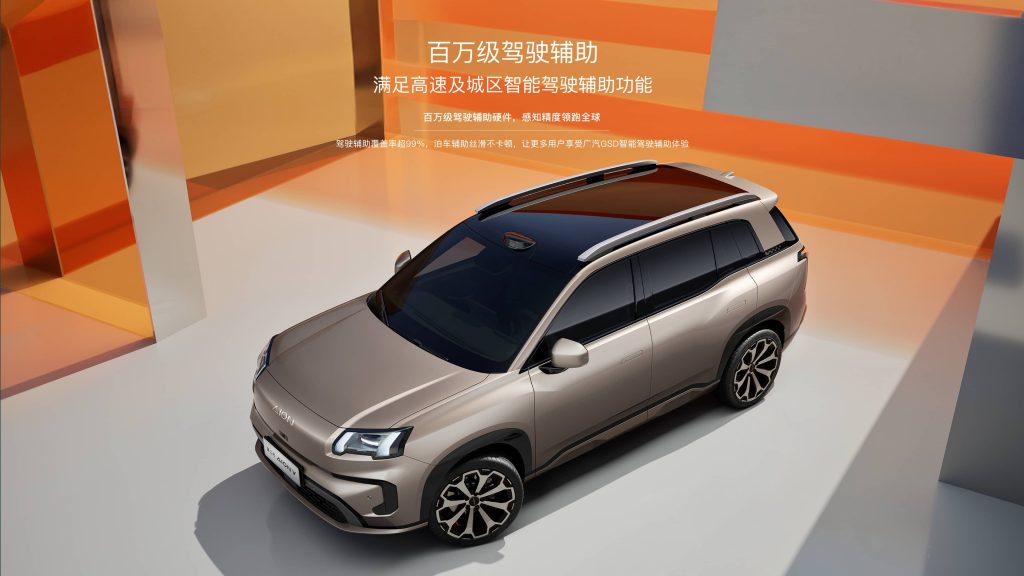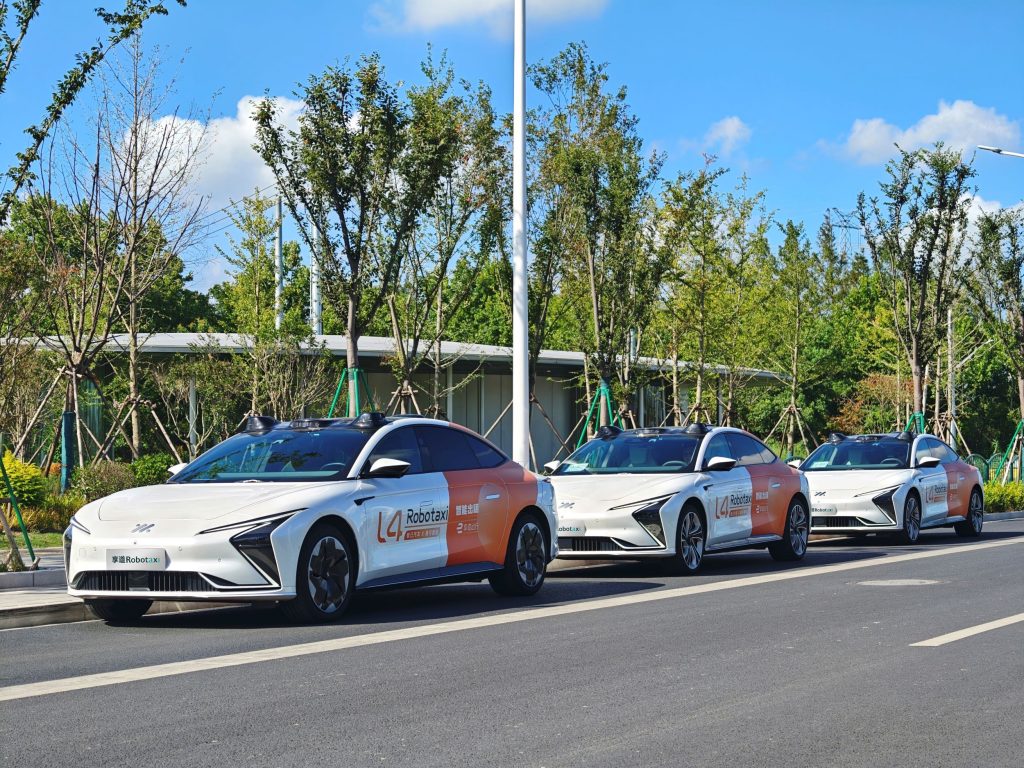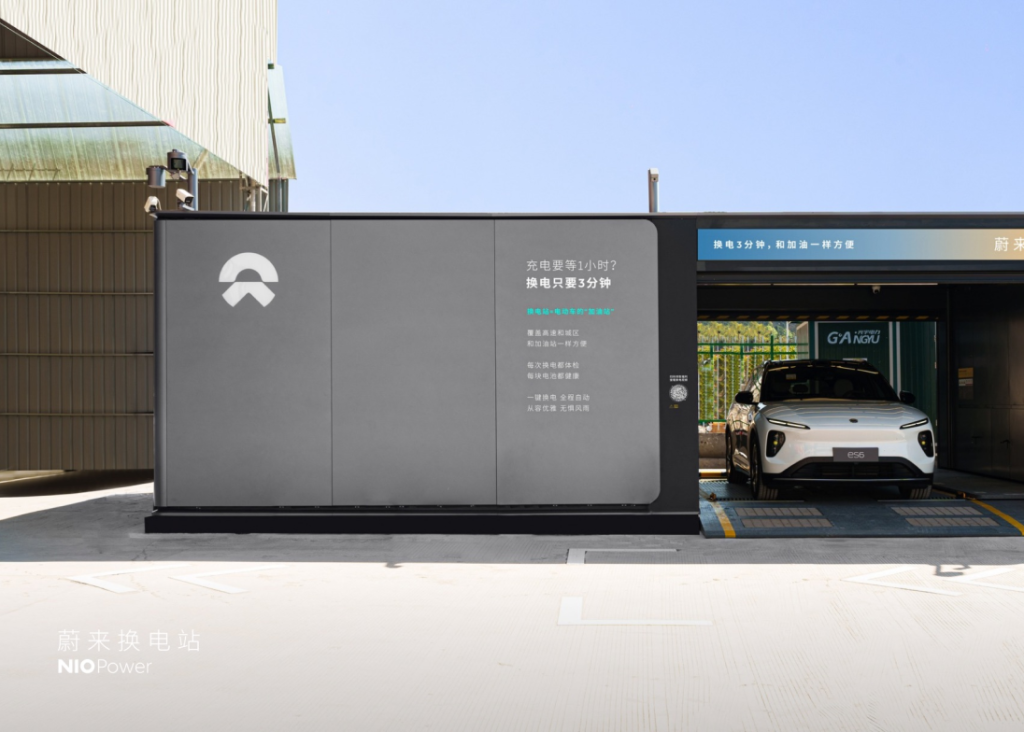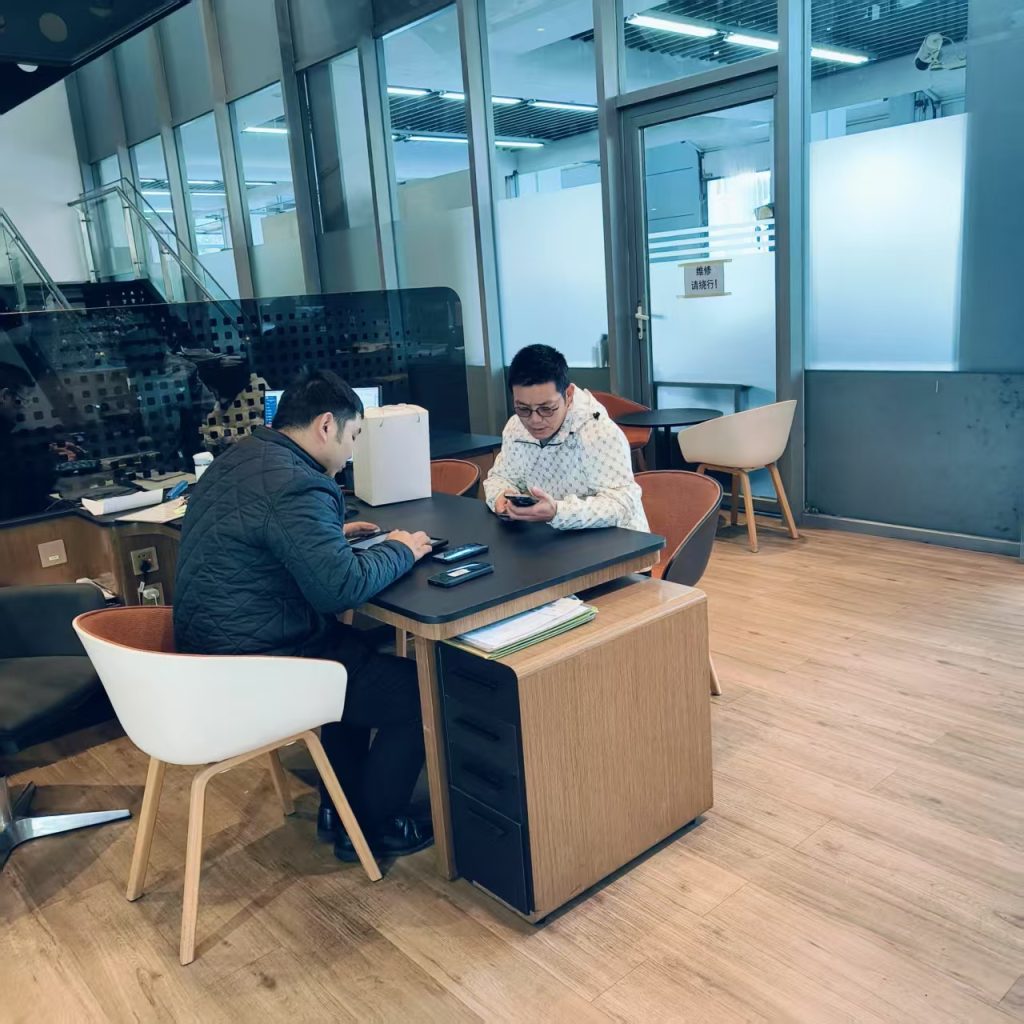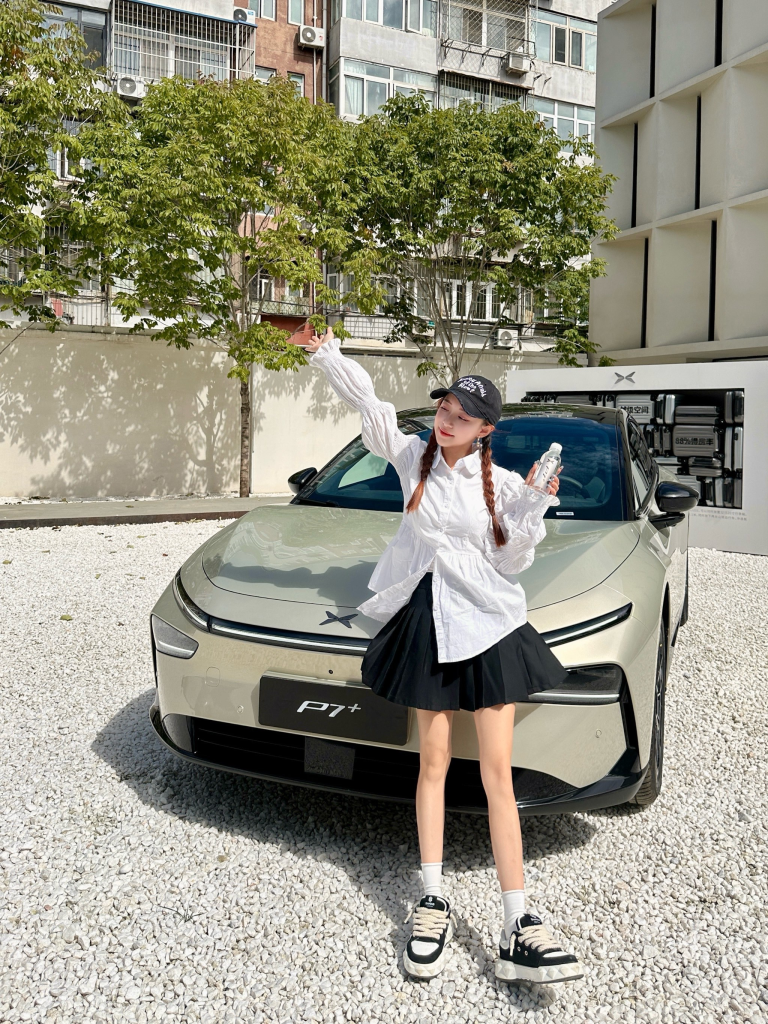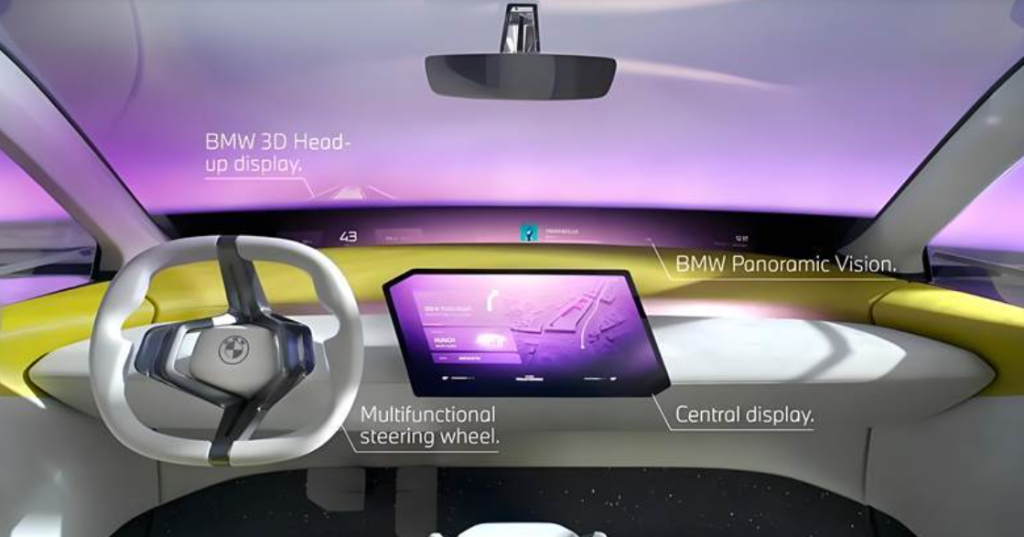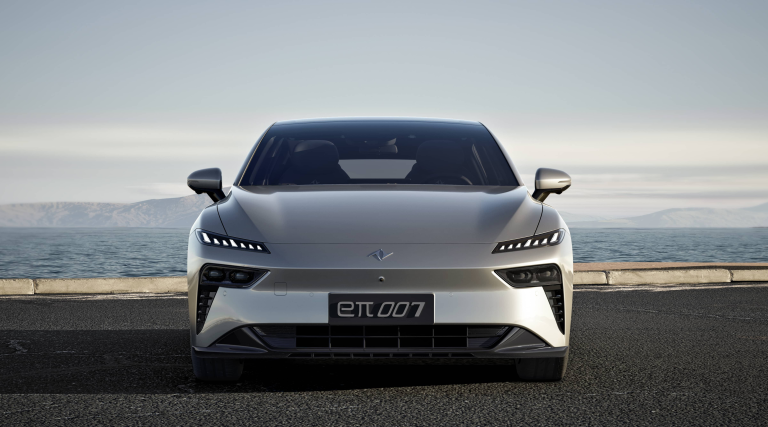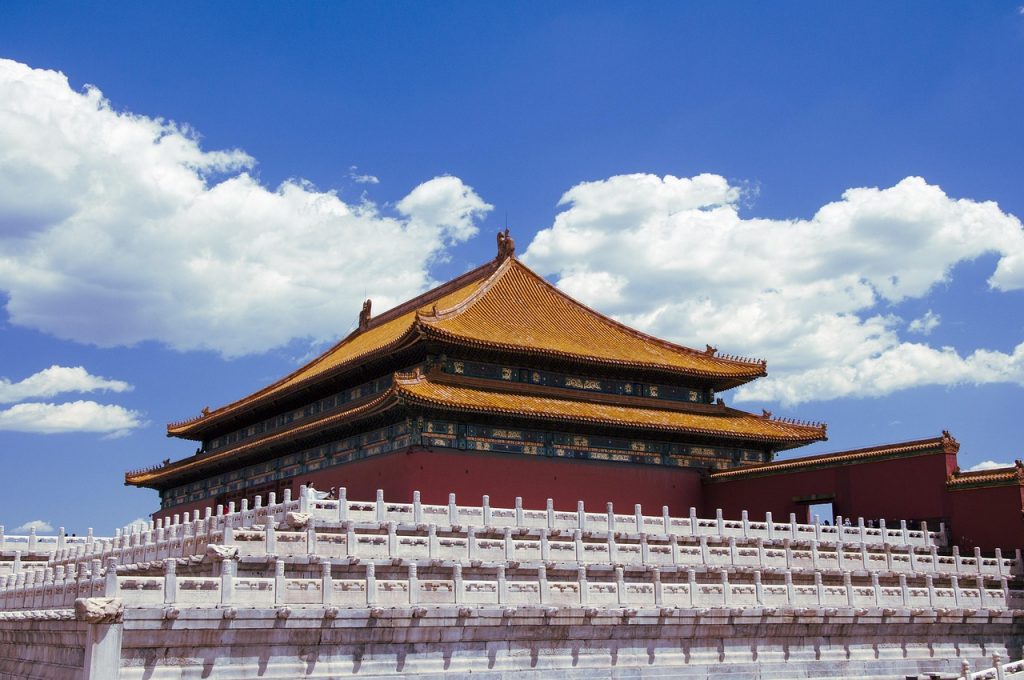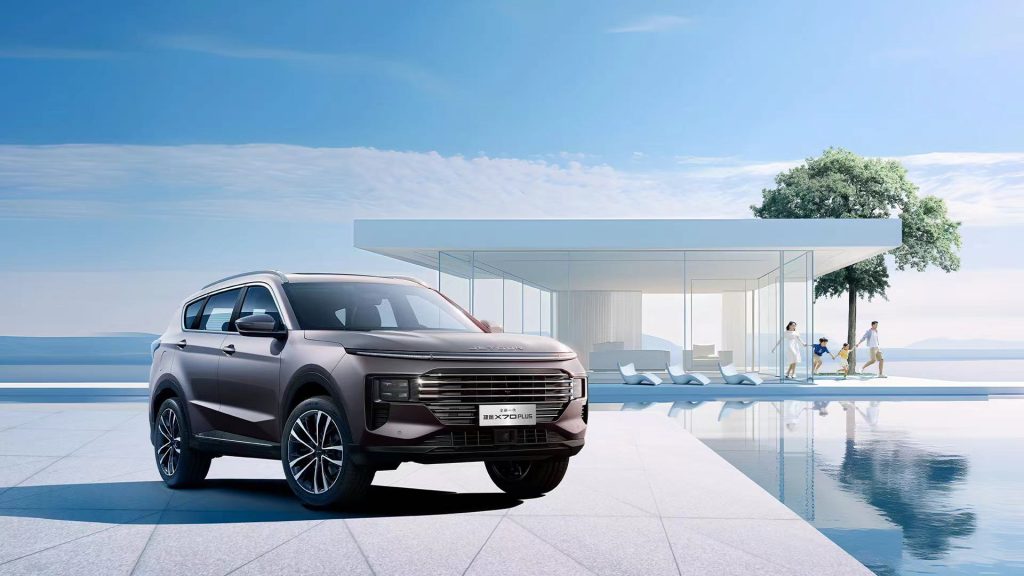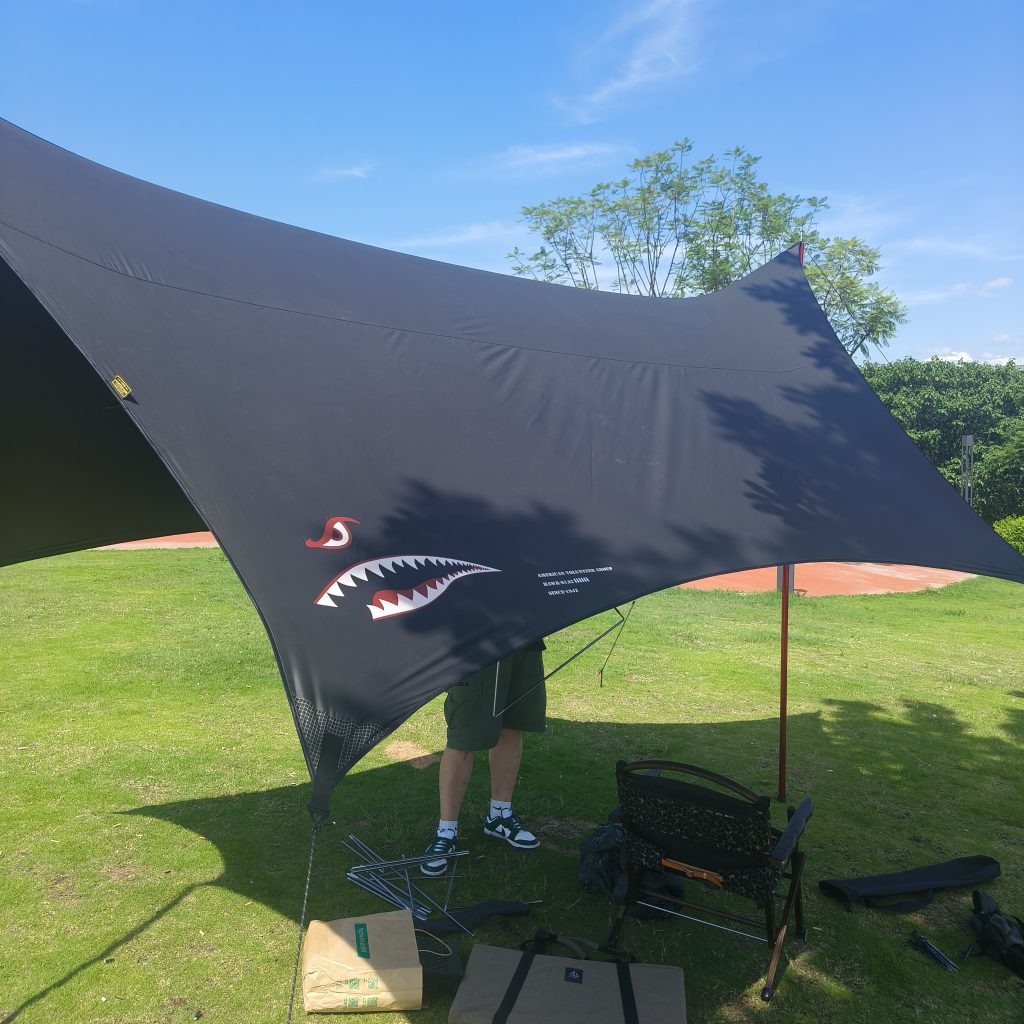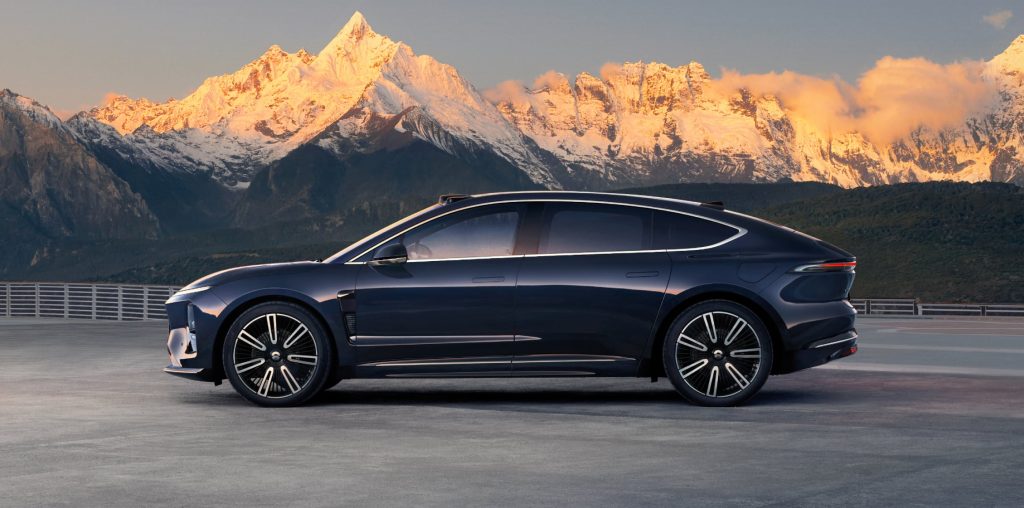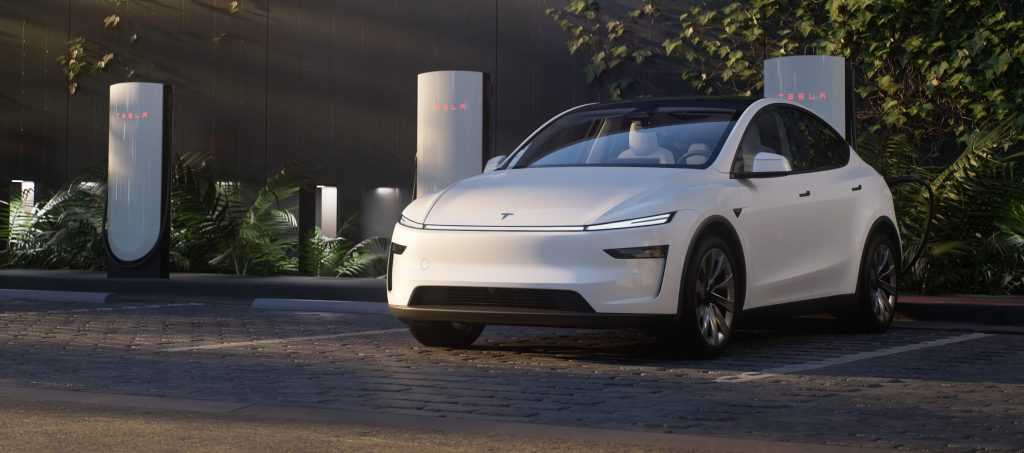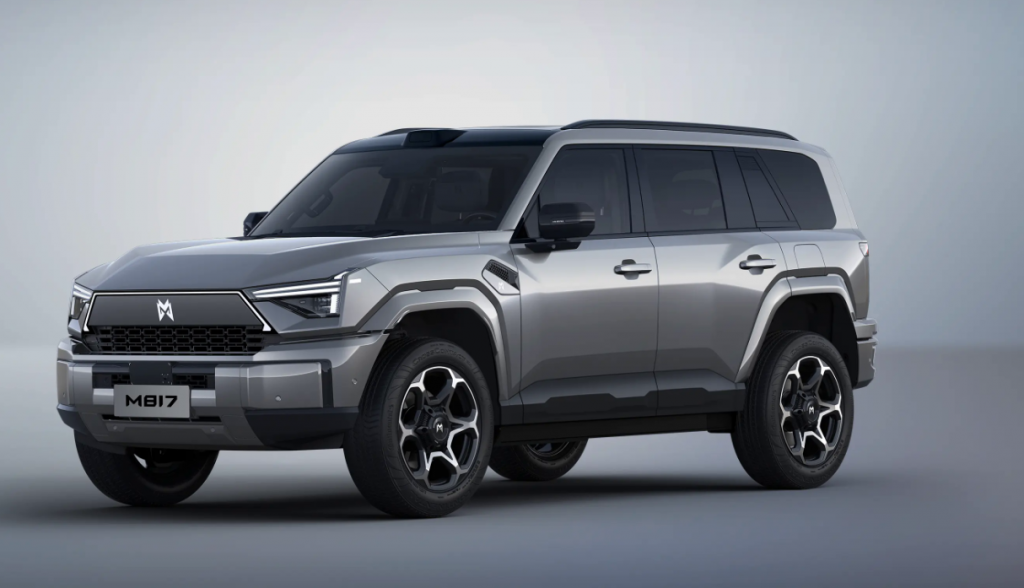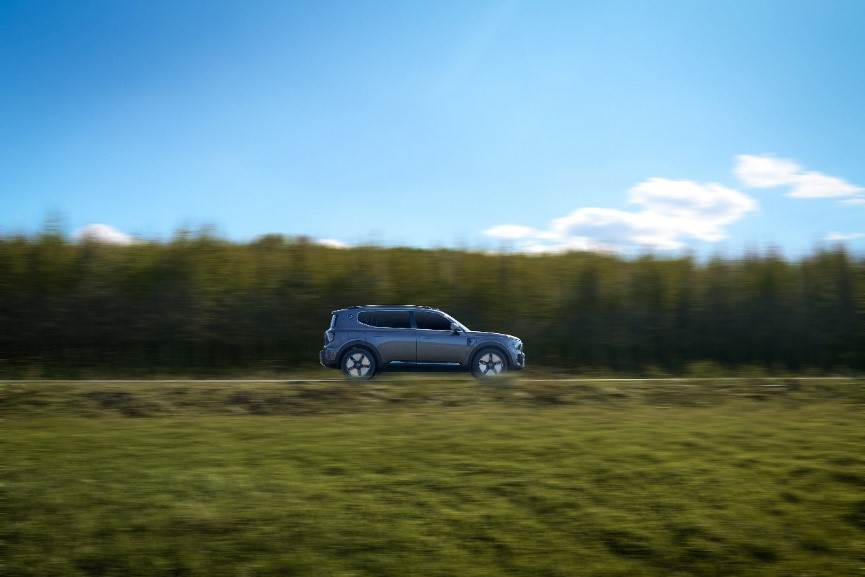By Jasper Cheng, Founder of Roadbook Media (Shanghai), April 17, 2025
In 2025, as global automakers grapple with China’s 54.1% NEV penetration rate, Toyota quietly demonstrates why it remains the undisputed sales champion for five consecutive years. The secret? A radical shift from “Made-in-Japan for China” to “Made-by-China for China” -and soon, possibly, for the world.
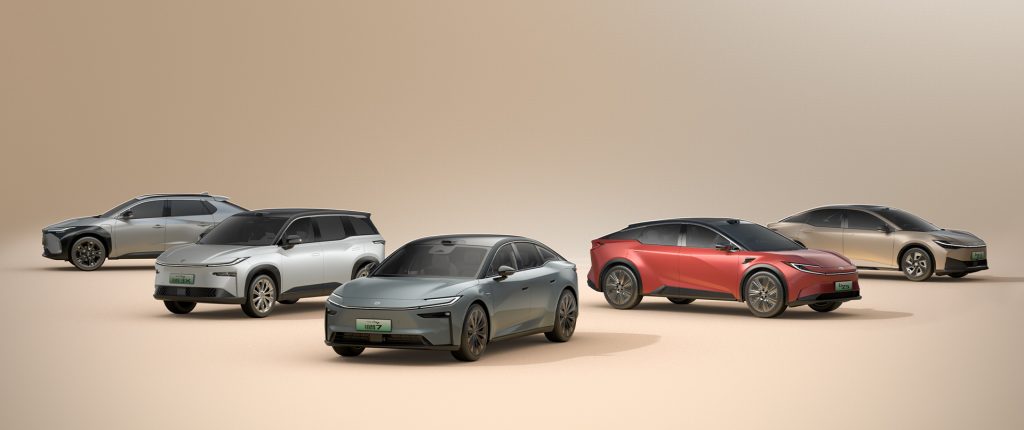
THE LOCALIZATION PLAYBOOK
As a global automotive giant, Toyota Motor has ranked first in global sales for five consecutive years. If you look at Toyota’s global market distribution chart, you will find that Toyota has performed well in every global market.
The secret to Toyota’s success in the global market lies in the business philosophy of “commodity and region-centered operation” that Chairman Koji Sato has always emphasized. To put it simply, it means providing products that meet the diverse needs of local consumers in each market.
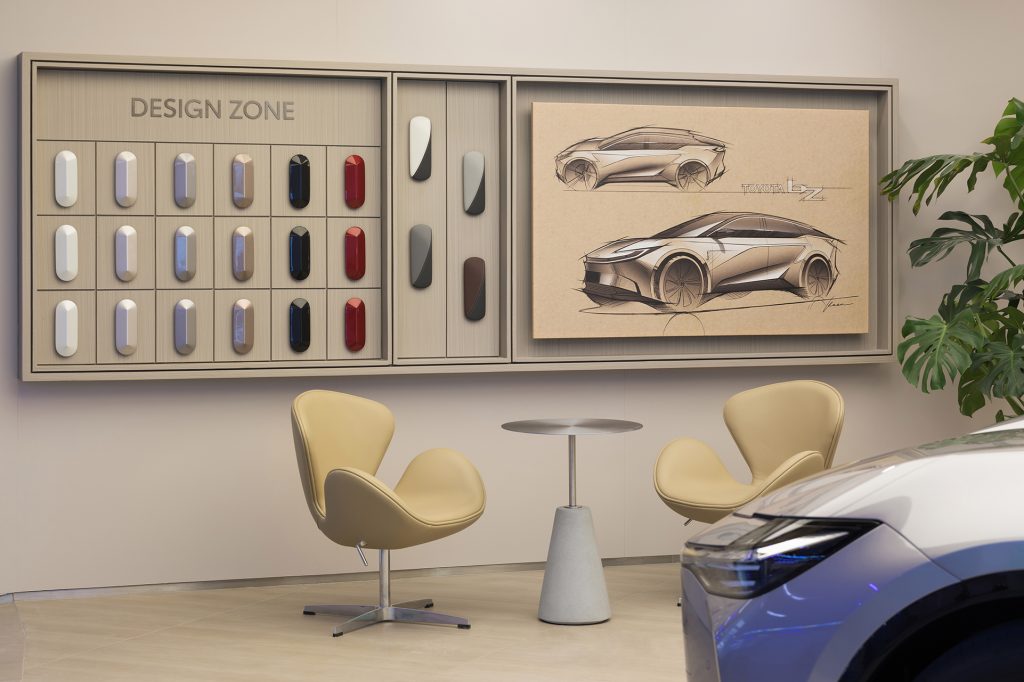
This concept underpins Toyota’s localization process in China. China has become the world’s largest NEV market. In Q1 2025, the market penetration rate of NEVs in China has reached as high as 54.1%, surpassing the market share of traditional ICEs. NEVs have become one of the most popular products among Chinese consumers.
At the 2025 Shanghai Auto Show, with the theme of “Establishing Globally, Being More Chinese”, Toyota demonstrated a deep localization transformation of a multinational auto company. From the R&D system to the product matrix, from technical standards to the service ecosystem, Toyota is trying to use the innovative practices in the Chinese market to feed back to its global strategy.
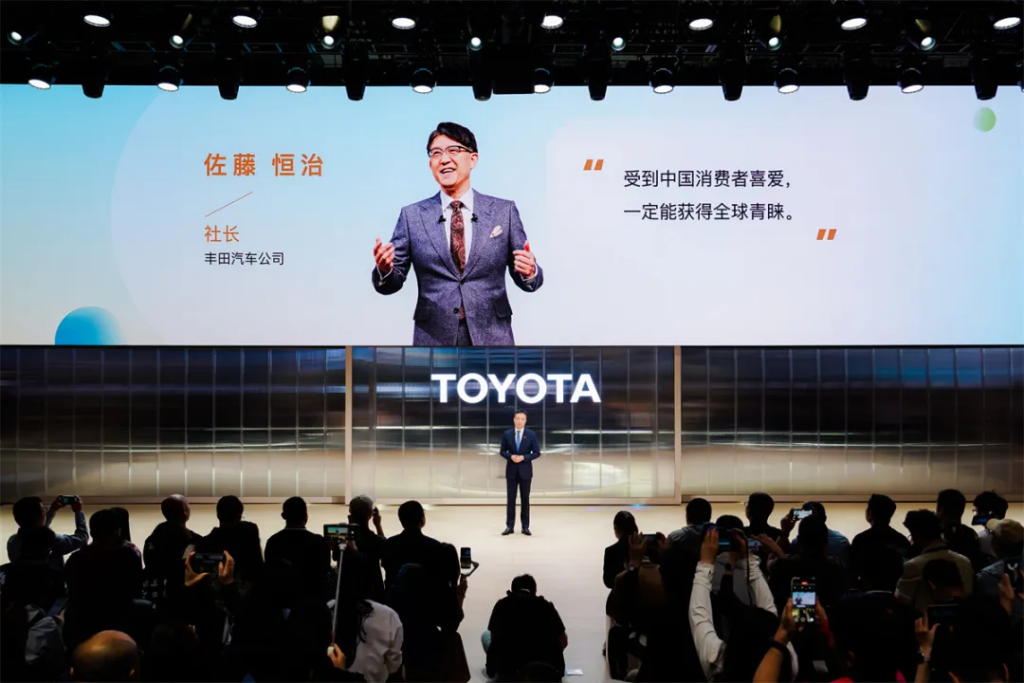
In order to manufacture new energy vehicles that Chinese consumers like, Toyota has announced a series of R&D reforms, including the establishment of the ONE R&D system and the China Chief Engineer (RCE) system, as well as strengthening cooperation with Chinese partners and local suppliers.
Chinese chief engineers will have sufficient decision-making power in more mass-produced models to manufacture products that satisfy Chinese consumers.
R&D Revolution: Let Chinese Engineers “Take Charge”
When Chairman Akio Toyoda attended the groundbreaking ceremony of the “Toyota Intelligent Electric Vehicle R&D Center” in 2011, he said, “I hope that one day, I can drive a model led by Chinese engineers!”
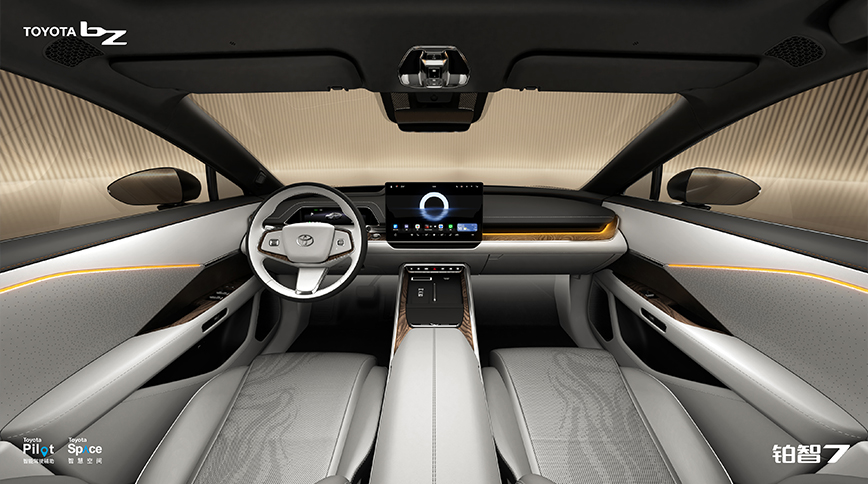
On April 23, at the Toyota booth of the Shanghai Auto Show, Li Hui, General Manager of Toyota China, said, “I am very happy that the chairman’s expectation has finally become a reality.”
At the Shanghai Auto Show, the bZ family members of the Toyota booth, including the Crown Kluger 3X, bZ5, and Crown Kluger 7, were developed under the leadership of Chinese engineers. All three models are the results after Toyota’s transformation and have been well-received by the market at the auto show.
In recent years, the Chinese automotive market has been reshaping the global industrial pattern at an amazing speed. The technological wave of intelligence and electrification, combined with the “thousand people, thousand faces” consumer demand, has made “localization” no longer a simple product adaptation, but a core proposition for the survival of auto companies.
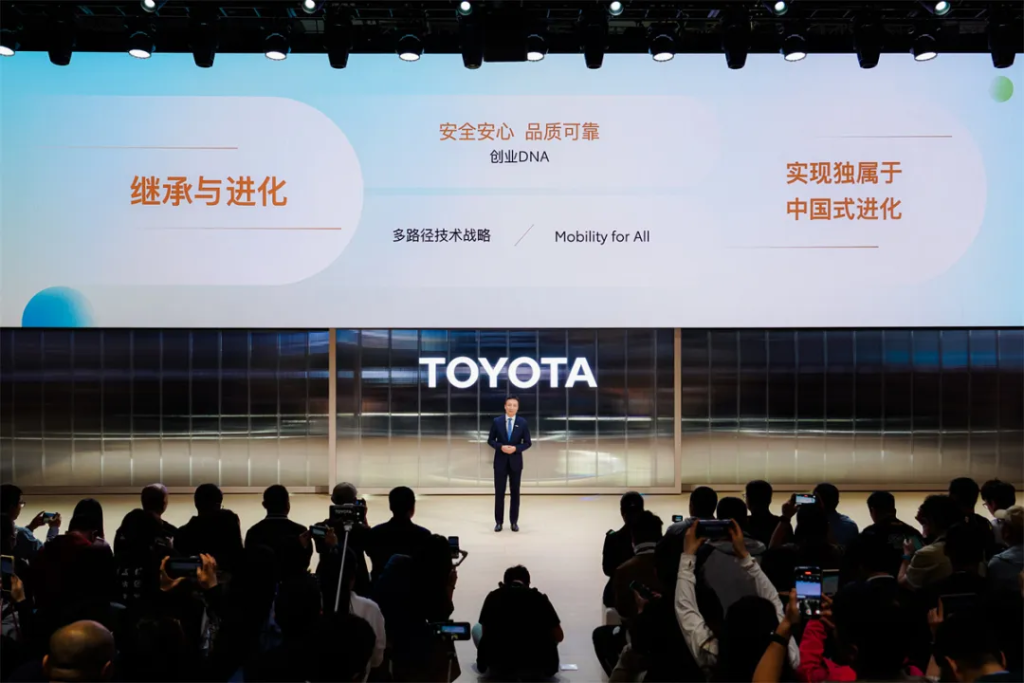
Facing the rapid iteration of the Chinese market, Toyota’s solution is to “build Chinese cars with Chinese thinking”, the core of which lies in two key reforms.
First, Toyota China implements the ONE R&D system, integrating the scattered R&D in China, and transferring R&D decision-making power from the Japanese headquarters to China. This measure to break organizational barriers allows Toyota to work with local partners such as FAW, GAC, and BYD to quickly respond to market demands.
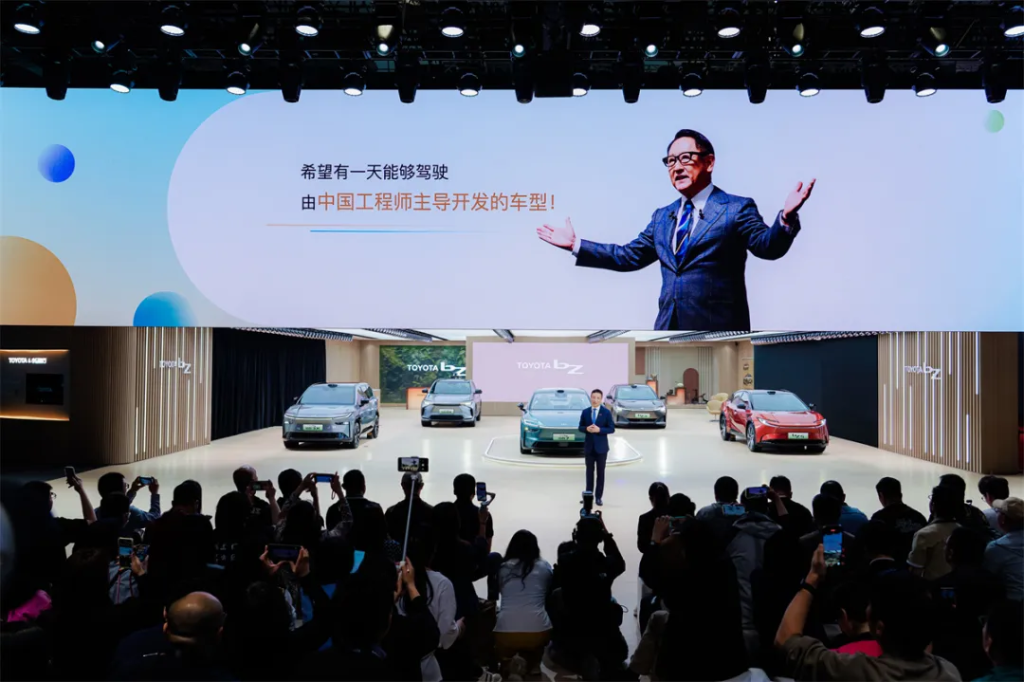
Second, Toyota has established the China Chief Engineer (RCE) system in China, inheriting Toyota’s global CE (Chief Engineer) system, but granting Chinese engineers higher decision-making power. Chinese engineers not only lead the R&D of new models, but can even carry out “Chinese-style modifications” to existing models.
Xu Tianlong is in charge of the R&D of the next-generation Corolla, Ye Zhihui is deeply involved in the Crown Kluger 7, Wang Junhua is responsible for the bZ5, and Liu Wenbin is the leader of the Crown Kluger 3X. Local engineers are holding a core product line of Toyota. This personnel layout is full of symbolic significance in itself.
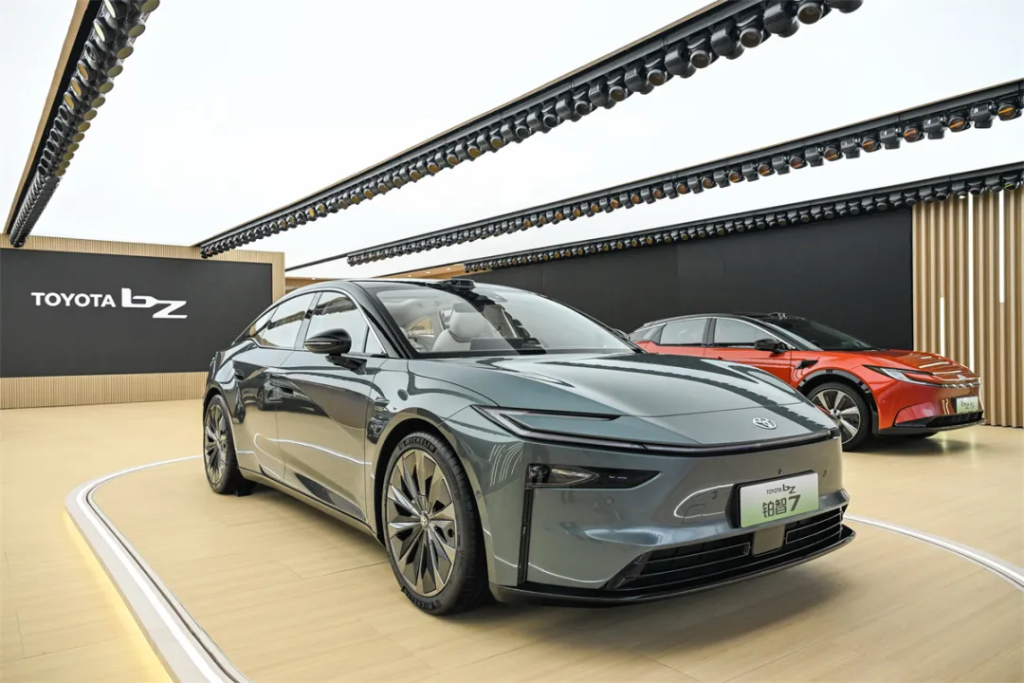
It is worth mentioning that Dong Changzheng serves as the Vice Chairman of Toyota China, and Li Hui serves as the General Manager of Toyota China. This is also the first time that Chinese people have held high positions. It can be seen that Toyota Motor has a strong determination for localization in China.
Li Hui, General Manager of Toyota China, said during the Toyota Technology Space that if the bZ4X was called the 1.0 era at the beginning, now the Crown Kluger 3X, including the bZ5, and the Crown Kluger 7 to be launched in the future should be called the 2.0 era. In the future, it is hoped that through localized R&D in China and the application of the most advanced technologies, it can feed back to the world, which is the 3.0 era of bZ. I hope to work with everyone towards this goal.
Multi-path Strategy: Meeting More Diverse Needs of Consumers
“At the Shanghai Auto Show two years ago, as the Chief Technology Officer, I elaborated on the view that ‘development in China must be implemented in China’. Toyota no longer brings Japanese technology to China, but allows China’s IEM to develop technologies and products. We will provide customers with more diverse products that suit them better,” said Yoshiki Nakajima, Executive Vice President and Chief Technology Officer of Toyota, in an interview at the Toyota Technology Space in Changshu on the eve of the Shanghai Auto Show.
Toyota has chosen a comprehensive layout of multiple paths in parallel, including pure electric (BEV), plug-in hybrid (PHEV), extended-range (REEV), hybrid (HEV), and hydrogen energy (FCEV).
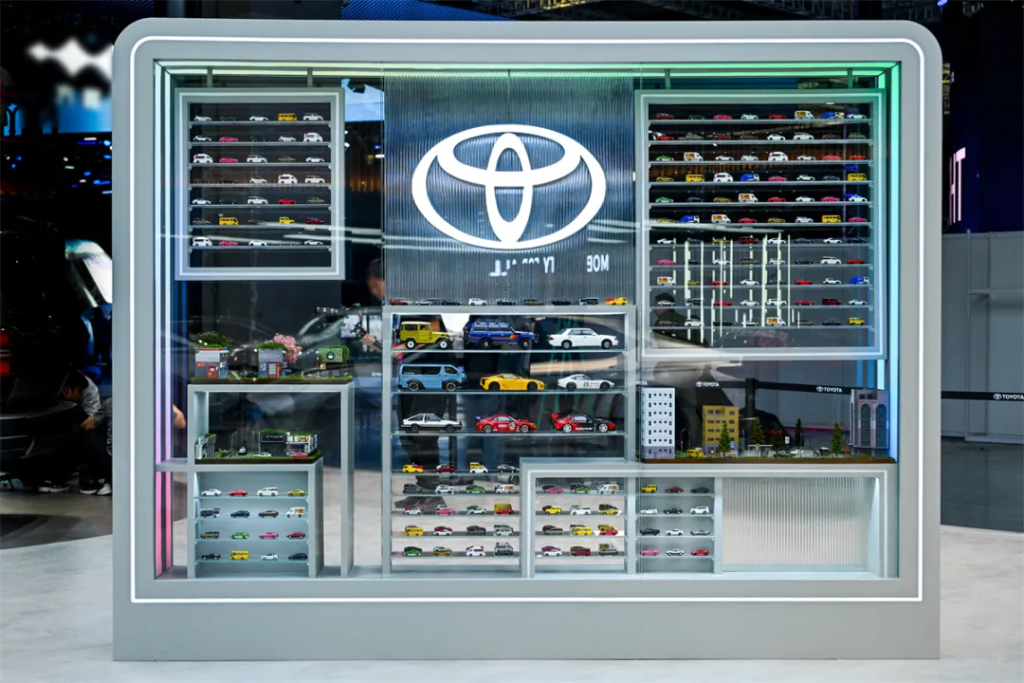
This strategy seems conservative, but it is actually based on the diversity of the Chinese market – there are significant differences in needs between first-tier cities and sinking markets, between young users and family users, and between daily commuting and long-distance travel.
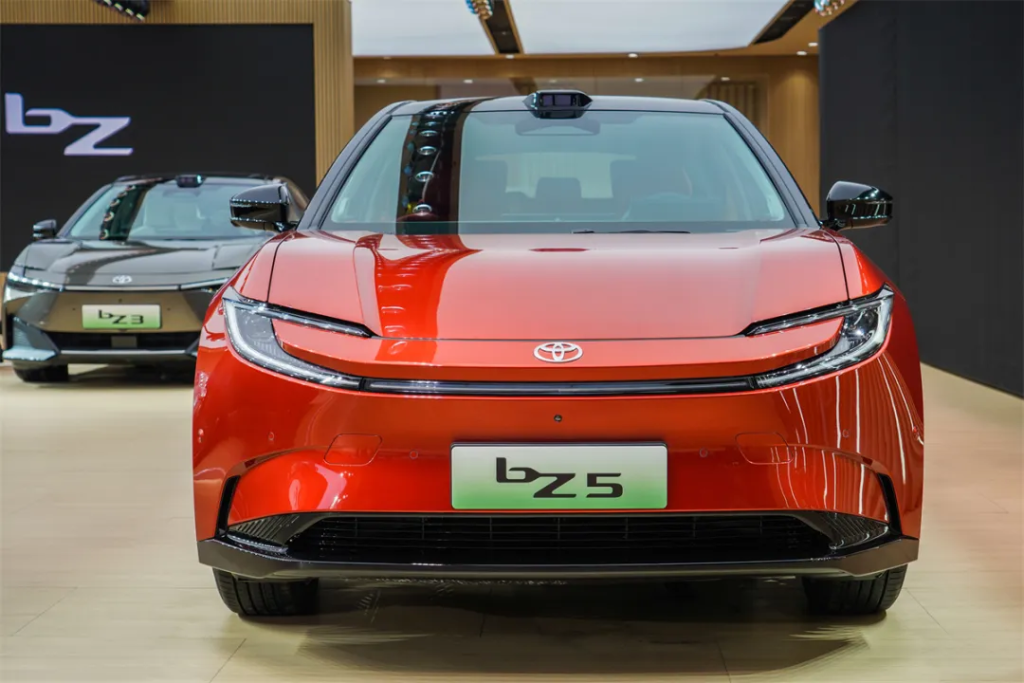
Toyota plans to continue to expand the product lineup of the bZ series in China, and will also successively launch competitive mid-sized SUV and MPV products in terms of REEV and PHEV.
Hydrogen fuel vehicles are considered the ultimate solution to carbon emissions. Toyota has been making long-term arrangements. Although the current market size of hydrogen energy passenger vehicles is limited, Toyota has cooperated with local companies such as SinoHytec to realize the commercialization of hydrogen fuel cell technology in the commercial vehicle field. This “short-term practical, long-term forward-looking” layout has laid the foundation for future technological changes.
Toyota continues to deepen its efforts in the fuel vehicle field. Toyota’s GR brand advocates driving fun. In the wave of electrification, Toyota adheres to the brand gene of “driving passion” through performance models such as the GR YARIS and GR SUPRA. The introduction of the GR86 Cup event has brought users back from “technical parameter enthusiasts” to the discussion of “the essence of driving”.
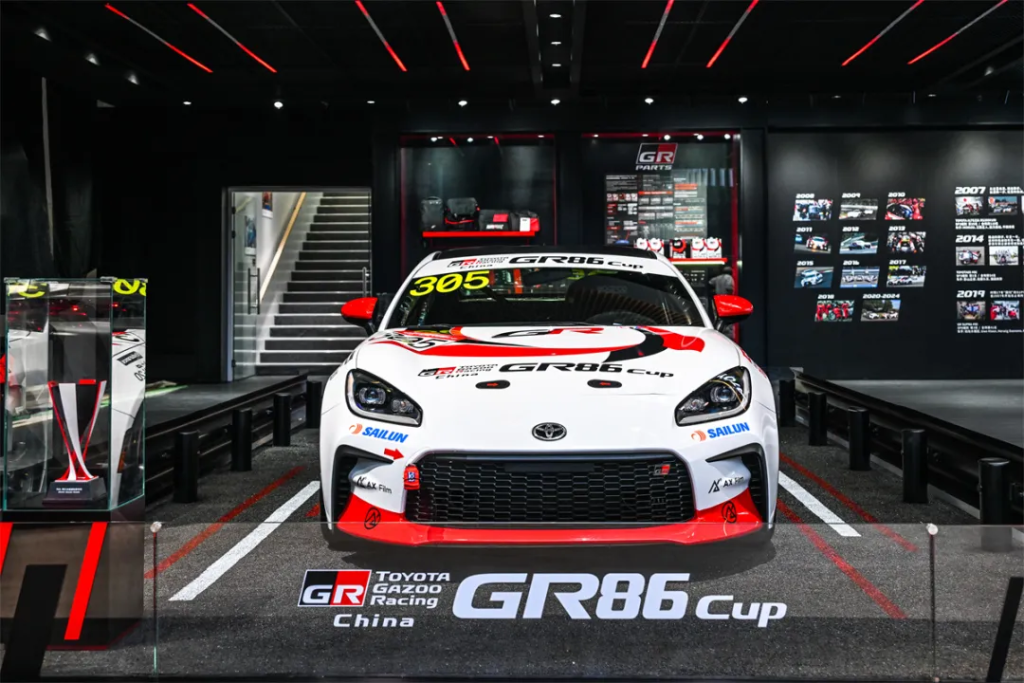
Toyota Motor has been promoting the welfare vehicle ecosystem globally. Facing China’s 300 million elderly and disabled people, Toyota has upgraded welfare vehicles from “niche needs” to a strategic category. The electric rotating seats of the Sienna Luxury Welfare Edition and the stowable wheelchair space of the bZ3 Welfare Modified Edition try to allow special groups to enjoy equal travel rights.
In response to Chinese consumers’ demand for intelligence, Toyota has an open attitude in the supply chain. From Tencent’s intelligent cockpit ecosystem to Momenta’s autonomous driving algorithms, to Pony.ai’s Robotaxi and BYD’s batteries, Toyota is working with many partners to jointly promote the transformation of electrification and intelligence.
Facing the wave of electrification and intelligence, Toyota has chosen a differentiated path: not blindly stacking parameters, but taking safety as the cornerstone. Toyota’s NEVs adopt safety redundancy design. In response to the anxiety of the Chinese market about new energy safety, Toyota has set up double guarantees in the braking system, battery protection and other links.
Epilogue: From “Chinese Answer” to “Global Answer”
Li Hui mentioned in his speech at the Shanghai Auto Show that “no matter how the times change, Toyota is an ‘automobile company’ that produces and sells automobiles; it is a company that responds to the needs of consumers and society in various countries and regions and ‘mass-produces happiness’.”
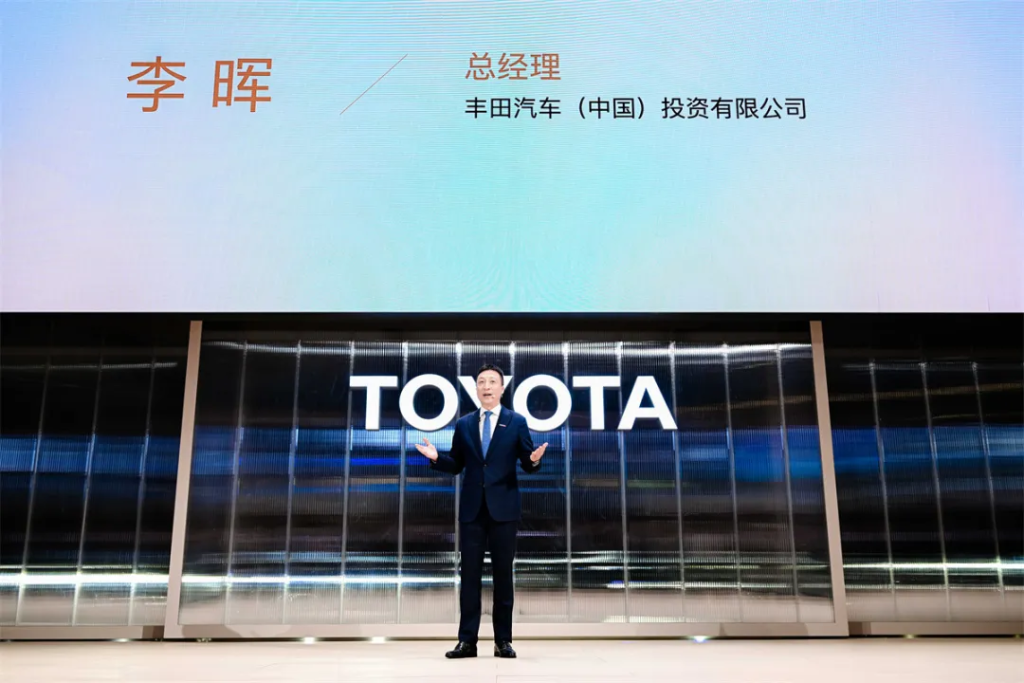
All the changes of Toyota in China are centered around producing cars that consumers need and like. Chinese cars are increasingly favored globally in terms of power combination and intelligence. We believe that one day, the models led by Chinese engineers of Toyota will be the best-selling models of Toyota globally.

